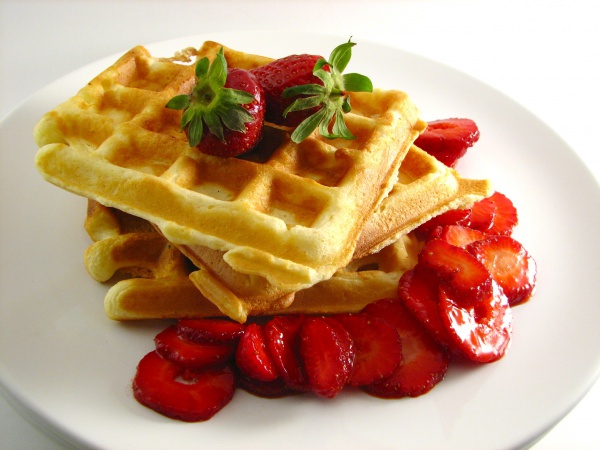Facts About Waffle
Waffles are a delightful treat made from leavened batter or dough that’s cooked between two patterned plates, giving them their distinctive shape and texture. With a range of recipes and waffle irons available, there are many types of waffles to enjoy. These tasty treats are especially popular in Belgium, where they come in various regional styles. You can make waffles fresh or buy them pre-cooked and frozen for a quick snack.
The word “waffle” originates from the Dutch “wafel,” which traces back to the Middle Dutch “wafele.” Waffles boast ancient roots, with early versions resembling Greek flat cakes. They evolved significantly in medieval Europe, where communion wafer irons and regular wafer irons influenced their development. By the 16th century, waffle recipes started incorporating leavening agents and different flavorings.
There are numerous waffle varieties to explore, including Brussels waffles, Liège waffles, American waffles, Belgian waffles, Bergische waffles, Hong Kong-style waffles, Pandan waffles, Kue gapit, Scandinavian waffles, Gofri, Stroopwafels, Galettes campinoises, hotdog waffles, and waffles on a stick.
Waffles are incredibly versatile when it comes to toppings. You can enjoy them with butter, fresh fruits, syrups, whipped cream, and powdered sugar. They also pair well with savory toppings for a unique twist. On an industrial scale, waffles are baked at precise temperatures and times to achieve the perfect golden brown color and the right texture. Properly mixing the batter is essential to avoid excessive gluten development, which can affect the texture.
Over time, stored waffles can change, becoming harder and developing crystalline structures. Their water content and starch can also alter with prolonged storage, affecting their texture.

 Germany
Germany